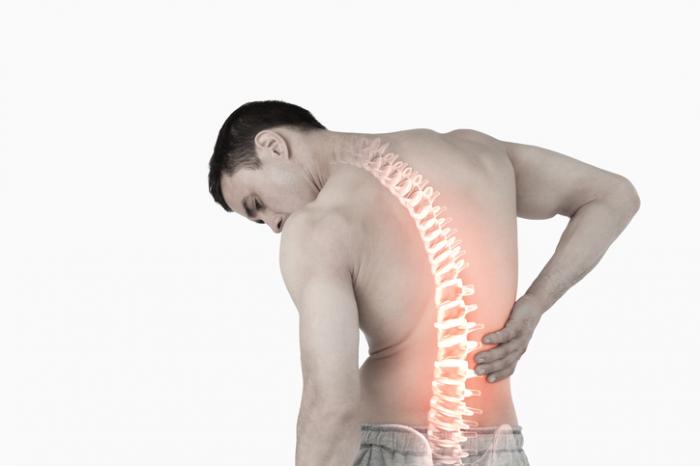Your spine and discs play an essential role in maintaining proper body alignment, physical activity, and overall wellness. With daily strain being placed upon them, your spine may become overworked or lose their normal functional capabilities leading to multiple conditions which, if left untreated, could significantly impair mobility and quality of life.
As such, it’s essential that everyone be aware of these possible conditions, their symptoms, potential causes, and how to treat or prevent them. This blog post will address some of the more prevalent spine/disc diseases seen today, along with strategies for treatment or prevention.
Understanding the anatomy of your spine
The spine is an amazing feat of engineering that provides support and mobility to humans. Consisting of 33 vertebrae that stack on top of each other and are separated by cushiony discs called disculi, these cushions absorb shock as you move, protecting vertebrae from colliding against one another and acting as shock-absorbers.
Each disc contains both an outer tough layer as well as a gel-like center which provides shock absorption properties. Understanding this complex system can be essential to maintaining good back health and avoiding conditions like herniated disc ruptures.
Common symptoms of disc herniation
Disc herniation is a widespread condition that can impact people of any age or fitness level, no matter their age or background. One of its hallmark symptoms is sharp, intense pain that radiates throughout the body, often making simple tasks such as sitting or standing difficult and interfering with sleep.
Furthermore, herniated discs may lead to muscle weakness in the legs and feet due to nerve compression, causing decreased muscle movement control.
Spinal stenosis symptoms
Spinal stenosis can produce many symptoms, with leg numbness and tingling being two of the more frequent ones. This is caused by spinal stenosis narrowing nerve passageways through your spine and placing pressure on them.
When this happens, you can experience pins-and-needles sensations or even loss of sensation in your legs. It’s important to pay attention to these symptoms and notify your healthcare provider since untreated spinal stenosis could result in more serious consequences later.
Diagnosing disc or spine conditions with imaging tests
Imaging tests, such as MRI or CT scans, can be invaluable in accurately diagnosing disc or spine conditions. By looking closely at bones, muscles, and soft tissue in the affected area via these scans, doctors are able to quickly spot abnormalities or damage like herniated discs, spinal stenosis, or degenerative disc disease. Then, they can formulate personalized treatment plans tailored specifically to each patient using this data.
Treatment options available
Back problems can be debilitating and exhausting, transforming even simple tasks into monumental ones. Luckily, there are various treatment options available to address these problems. Physical therapy has become an increasingly popular approach to alleviating back pain due to its focus on strengthening muscles surrounding the affected area. Anti-inflammatories or muscle relaxants may also provide temporary relief and assist in managing pain levels.
Companies such as bioxcellerator.com offer stem cell treatments as a newer form of therapy that involves injecting stem cells directly into an affected area to reduce inflammation and pain as well as promote natural tissue healing. Furthermore, these injections offer long-term relief from back problems by building up weak muscles to protect your spine against future injury while keeping it healthier over time.
Tips to prevent spinal conditions
Proactive care of your back is key to avoiding spinal conditions that may arise. This begins with maintaining good posture during each day and being aware of how you move or lift objects. Stretching and strengthening exercises can keep muscles flexible and strong, relieving strain from your spine. Diet is also an important aspect; being sure that enough nutrients are being consumed will promote healthy bones and discs.




